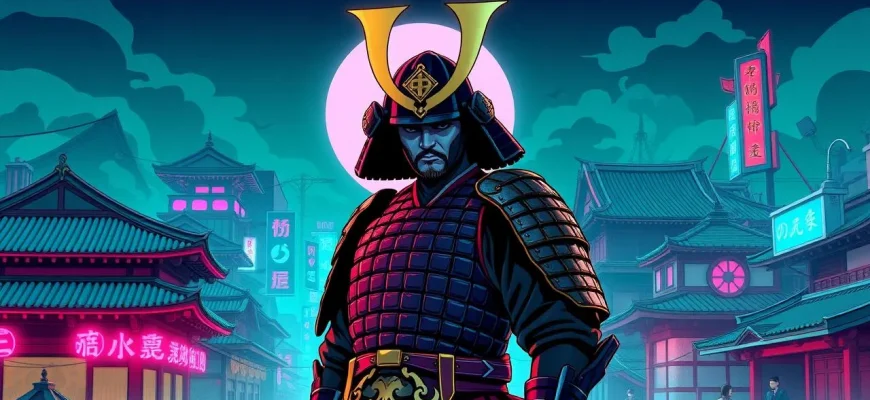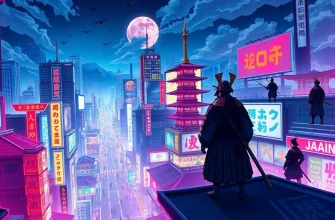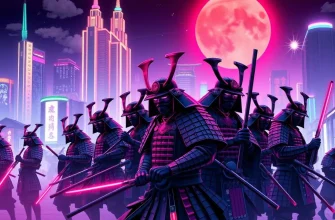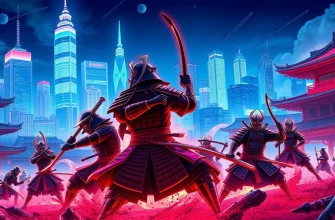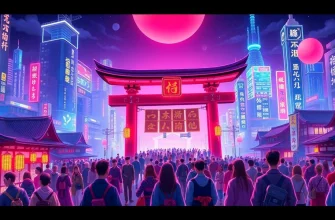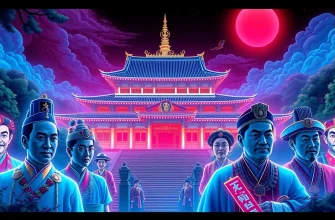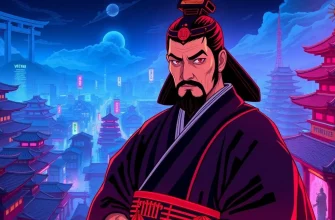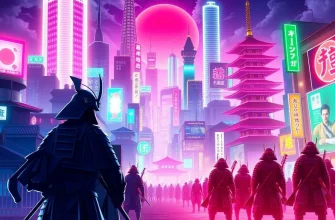If you're fascinated by the intricate world of samurai, their honour-bound lives, and the dramatic tales of feudal Japan, this curated list of historical samurai films is just for you. These cinematic masterpieces not only entertain but also offer a deep dive into the culture, ethics, and battles that defined an era. Whether you're a history buff or simply love a good story, these films will transport you back in time to an age of swords, loyalty, and the bushido code.
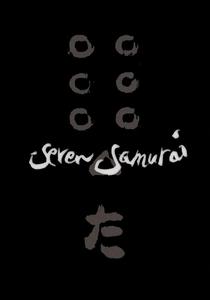
Seven Samurai (1954)
Description: Akira Kurosawa's masterpiece, this film is often considered the pinnacle of samurai cinema, showcasing the lives of seven ronin hired to protect a village from bandits. It's a study in character development and the essence of samurai spirit.
Fact: The film was shot in black and white, and its influence can be seen in numerous Western films, including 'The Magnificent Seven'.
 Watch Now
Watch Now
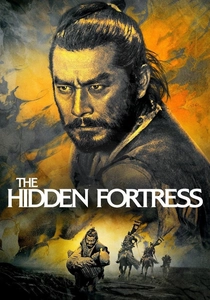
The Hidden Fortress (1958)
Description: Another Kurosawa gem, this film tells the story of two peasants who help a general and a princess escape enemy territory. Its narrative structure inspired George Lucas for 'Star Wars'.
Fact: The film was one of the first to use the 'widescreen' format in Japan, enhancing the epic feel of the story.
 Watch Now
Watch Now

Yojimbo (1961)
Description: Toshiro Mifune stars as a ronin who manipulates two rival gangs in a small town for his own amusement. This film blends dark comedy with action, showcasing the samurai's cunning and moral ambiguity.
Fact: Sergio Leone's 'A Fistful of Dollars' was directly inspired by 'Yojimbo', leading to a lawsuit for copyright infringement.
 Watch Now
Watch Now
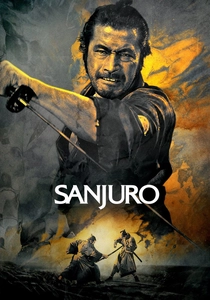
Sanjuro (1962)
Description: A sequel to 'Yojimbo', this film sees Sanjuro helping a group of young samurai navigate political intrigue. It's a blend of action, humor, and philosophical musings on honor and duty.
Fact: The film was shot in just 45 days, showcasing Kurosawa's efficiency in filmmaking.
 Watch Now
Watch Now
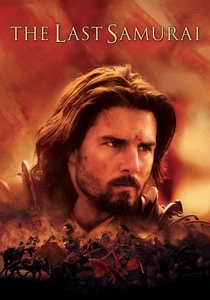
The Last Samurai (2003)
Description: While not entirely historically accurate, this Hollywood production captures the spirit of the samurai through the eyes of an American soldier who finds himself among them.
Fact: The film was shot in New Zealand, with extensive use of CGI to recreate 19th-century Japan.
 Watch Now
Watch Now

Harakiri (1962)
Description: This film explores the harsh realities of samurai life through the story of a ronin who seeks to perform seppuku at a feudal lord's residence, revealing a tale of revenge and honor.
Fact: The film was remade in 2011 by Takashi Miike, showing its lasting impact on Japanese cinema.
 30 Days Free
30 Days Free

The Sword of Doom (1966)
Description: A dark and brooding tale of a ruthless swordsman, this film delves into the psychological aspects of a samurai's life, offering a less glorified view of the warrior class.
Fact: The film was left unfinished due to the director's death, but the existing footage provides a compelling narrative.
 30 Days Free
30 Days Free

Samurai Rebellion (1967)
Description: This film tells the story of a samurai who rebels against his lord to protect his daughter-in-law, highlighting the conflict between personal honor and duty to one's master.
Fact: It was one of the last films directed by Masaki Kobayashi, known for his critical stance on Japanese society.
 30 Days Free
30 Days Free

The Twilight Samurai (2002)
Description: A touching portrayal of a low-ranking samurai's life, focusing on his struggle to balance family responsibilities with the demands of his samurai code.
Fact: The film won numerous awards, including the Japanese Academy Award for Best Picture.
 30 Days Free
30 Days Free

13 Assassins (2010)
Description: A group of samurai are tasked with assassinating a sadistic lord, leading to an epic final showdown. This film is known for its intense action sequences and moral complexity.
Fact: The film was remade from a 1963 original, with Takashi Miike adding his signature style of violence and drama.
 30 Days Free
30 Days Free

